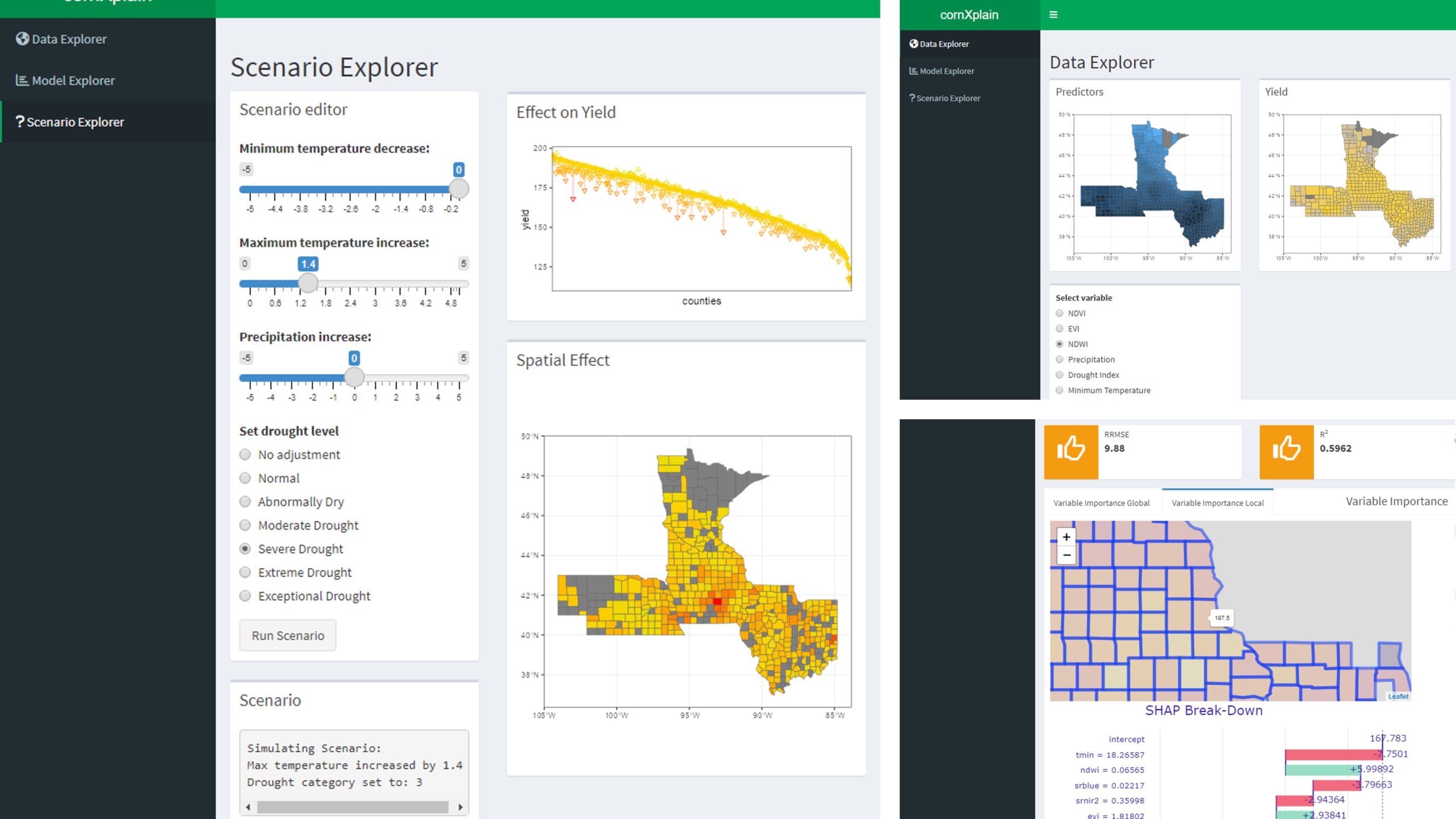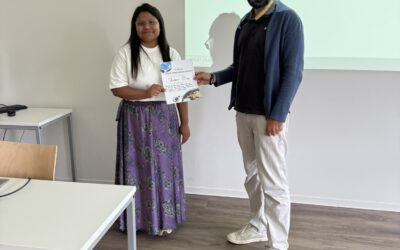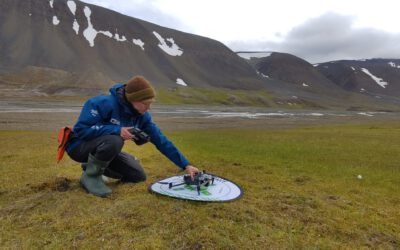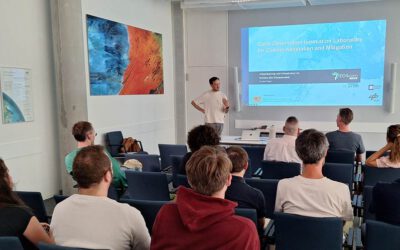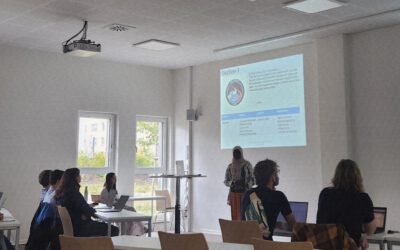Accurate Crop Yield Prediction Using Satellite Remote Sensing is Hard? No, It’s not anymore. My colleague Johannes Mast and I developed a user-friendly crop yield app (cornXplain) that can predict future yields for precision agriculture and sustainable agriculture at higher accuracy. Currently, the app works for Maize (/Corn) crops; however, it can potentially adapt to other crop types like the winter wheat, soybean, and rapeseed. So far, cornXplain has three parts:
1) Data Explorer: where the user can visualize the spatial pattern of #climate or biophysical variables,
2) Model Explorer: where the user can see the inner details of the model.
The model combines a physical model (Light use efficiency) and machine learning (random forest ). The model predicts yield at the county level for five corn-growing states (Iowa, Illinois, Nebraska, Minnesota, and Indiana) in the USA. Users can also see the impact of biophysical and climate variables on crop yield prediction for different counties, and
3) Scenario Explorer: where the user can play around with multiple scenarios. For example, what will impact crop yield if the temperature rises by 2 degrees Celsius or rainfall decreases by 20%?
Data used: MODIS (500m, eight days), Climate Variables and Indices (Temperature, Precipitation, Drought Index, Heat and Cold Index), Biophysical Parameters (Lead Area Index (lai), Fraction of Photosynthetically Active Radiation (fpar)) and Crop Yields (bushels/acre).
The data was provided by ML4Earth Hackathon 2022.
This information will be helpful for the remote-sensing agricultural community. We are glad to share our code for future research purposes, and it is available on our GitHub. Our relevant publication on a similar topic would be out soon.
For more information, feel free to contact us.
Written By: Maninder Singh Dhillon

